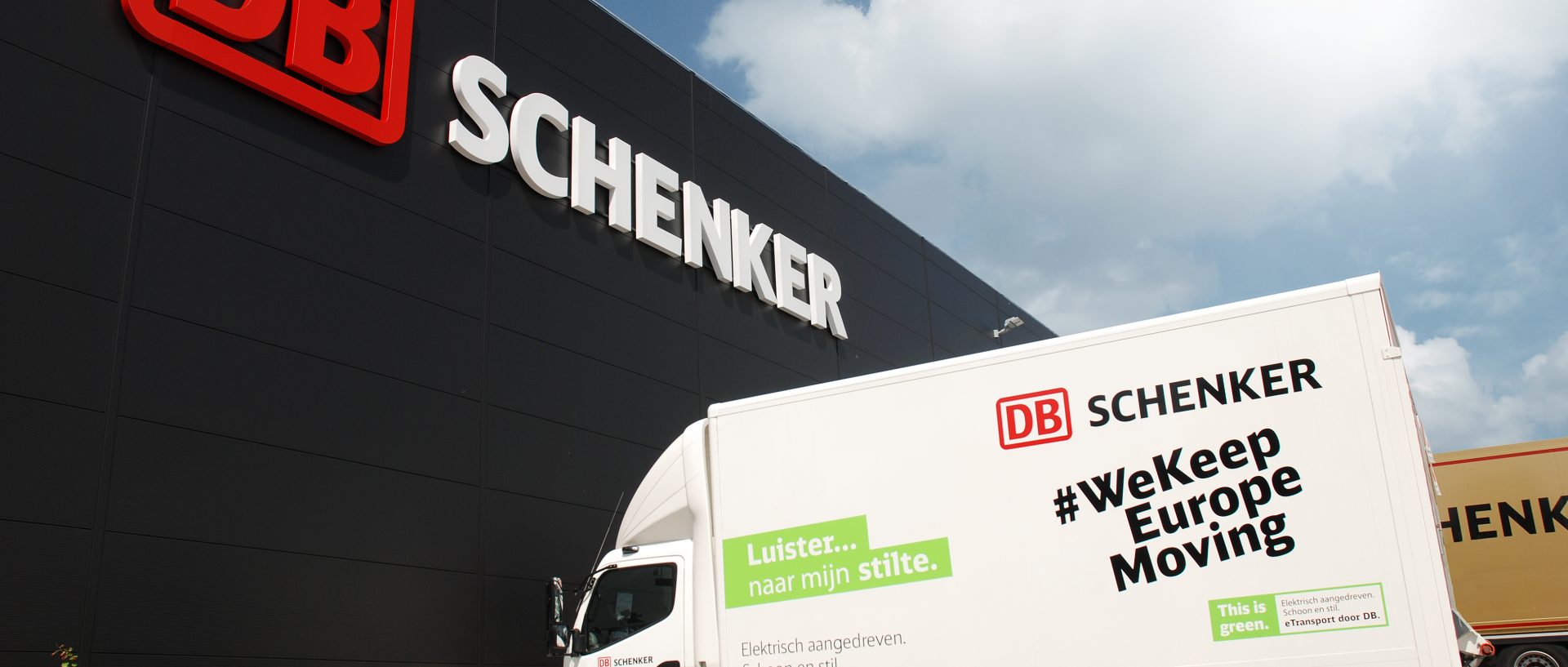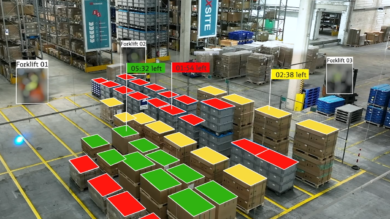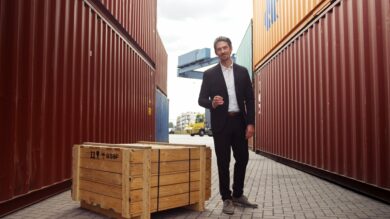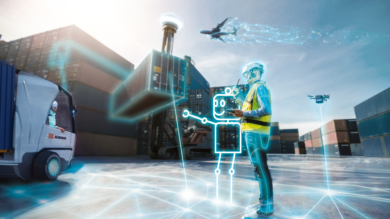The built environment generates nearly 50% of the annual global CO2 emissions. Therefore, making buildings in general, or warehouses specifically for logistics service providers, eco-friendly is a huge leverage. Especially when aiming to reach ESG goals, support customers with sustainable solutions, and the society with a better future. The holistic goal of eco warehouses today is to have the ability to operate energy-efficiently, improving the well-being of employees and significantly reducing CO2 emissions.
Best practice – DB Schenker celebrates 50th eco warehouse
DB Schenker, one of the world’s leading global logistics providers, has reopened a sustainable logistics terminal in Tilburg in the Netherlands. After undergoing modernization in 2021, the terminal has now been awarded by Deutsche Bahn: the 50th eco warehouse for DB Schenker.

The international hub received a complete makeover, allowing for eco-efficient and more spacious cross-docking operations with modern technology, ensuring a greater degree of environmental protection. Global standards for sustainable construction were used to construct the new terminal– i.e., standards relating to heat insulation, the use of renewable resources obtained from the surrounding region, the installation of modern natural lighting systems for the well-being of employees, and the use of an efficient heating, ventilation and air conditioning system. Five beehives were also placed on the site to increase biodiversity in the vicinity. In addition, reduced use of terminal MHE (material handling equipment) via the semi-automation of goods handling has been achieved, waste management has been improved at offices, and charging stations have been installed for electric bikes and vehicles.
“Eco warehouses are the future of our terminals. The facility in Tilburg is the latest example of how quickly we’re moving toward highly automated, eco-efficient freight hubs. This serves our strategic goal to become CO2-neutral by 2040 and it’s already having a positive effect on our employees who are now able to work in a future-proof, professional, and safe environment.”

“DB Schenker in the BeNeLux continues to invest in a sustainable future. The land transport branch office in Tilburg, one of the logistics hotspots in the Netherlands, is a strategic location within our European network. The short distance to the A58 highway is ideal and helps us reduce our CO2 emissions.”
The modernized terminal site has an area of 59,210 m2. With 90 loading docks, the warehouse is fully adapted to cross-dock activities for pallet distribution and can handle over 20,000 shipments per week. Using an embedded towline will automate the internal transport of pallets, thereby ensuring efficiency and safety. The new site infrastructure will be adapted in line with the growth of transport operations, thus ensuring that safety, security, and efficiency can be maintained in the future. The site employs a total of 350 people.
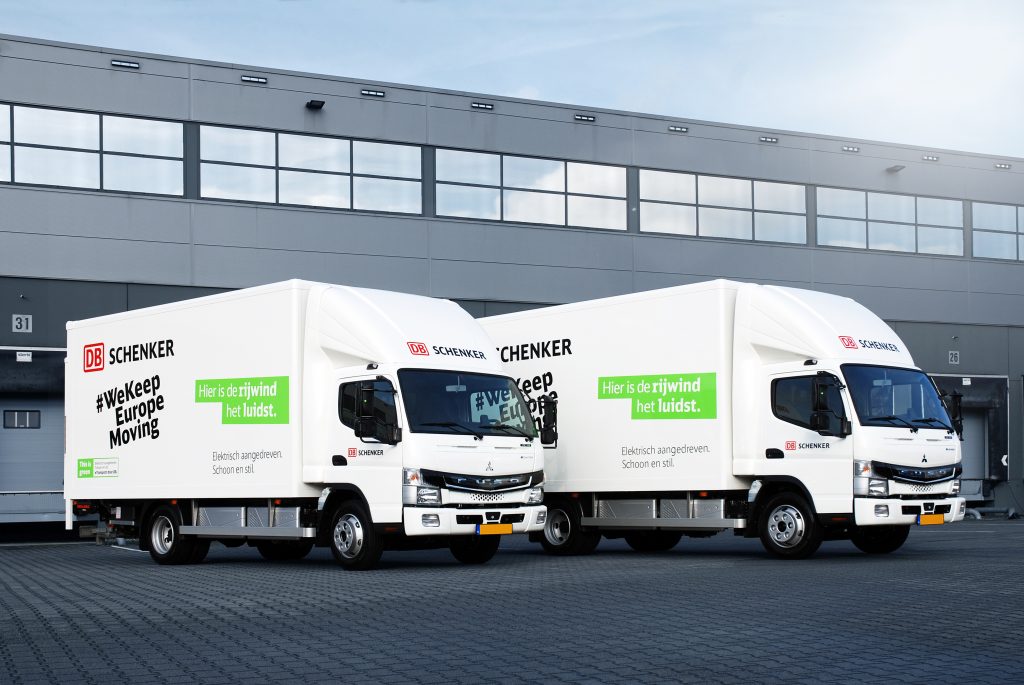
Eco warehouses – outlook
Eco warehouses are essential for logistics service providers to meet the expectations of various stakeholders, for example, customers, suppliers, partners, and existing or potential employees. Not to forget, the built environment and logistics industry with its warehouses will play a critical role in successfully decarbonizing the world.
Published: July 2022


